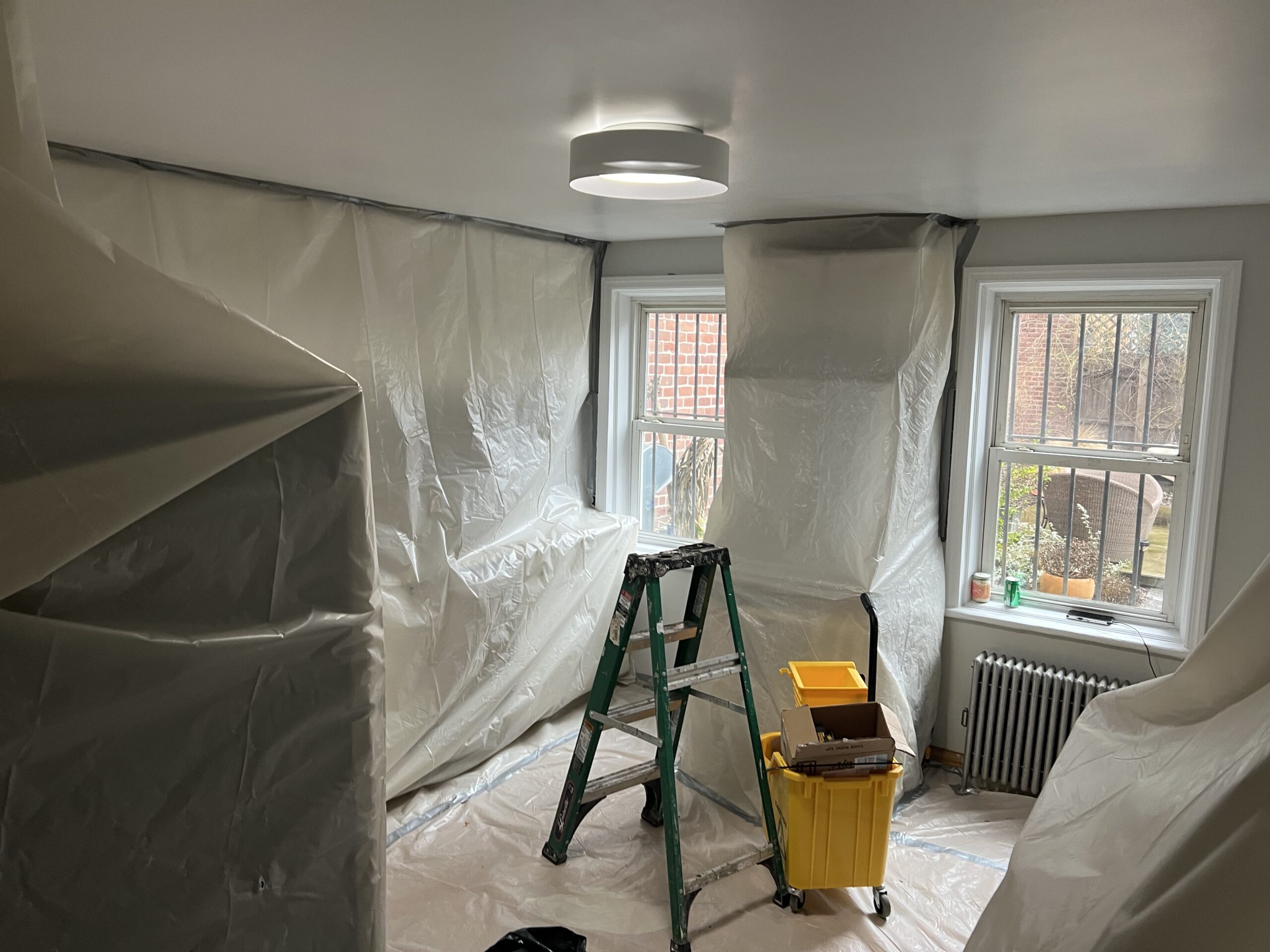Lead Removal Contractors-- Skilled Specialists for Lead Abatement
Lead Removal Contractors-- Skilled Specialists for Lead Abatement
Blog Article
Comprehensive Guide on Effective Lead Offense Removal Strategies
In the world of ecological safety and security, addressing lead offenses demands a meticulous and organized strategy. This extensive overview begins by highlighting the critical initial steps of determining lead threats with sophisticated analysis and testing approaches. Techniques such as XRF analysis and dirt clean sampling are vital in identifying contamination sources. In addition, the overview elaborates on the importance of adhering to strict security procedures throughout the removal procedure, including using appropriate PPE and separating influenced locations (Lead Paint Removal Company). The succeeding areas promise to review post-removal confirmation and precautionary approaches, making sure long-lasting security and compliance. Discover the elaborate information that make these methods not just reliable however important.
Identifying Lead Hazards
Identifying lead risks is an essential primary step in reducing the threats related to lead exposure. Lead, a hazardous steel, can be present in various environmental tools, consisting of paint, soil, water, and dirt. It postures extreme wellness dangers, particularly to youngsters and expecting females, bring about neurological damage and developing hold-ups. For that reason, accurate identification of prospective lead resources is crucial for efficient remediation.
The first phase in recognizing lead hazards includes understanding usual lead resources within the constructed atmosphere. Structures constructed before 1978 are particularly at risk because of the widespread use lead-based paint during that period. Additionally, dirt contamination can happen from degrading exterior paint, commercial emissions, or historical use leaded gas.
An additional substantial resource is lead piping and pipes fixtures, which can seep introduce alcohol consumption water. Customer products such as playthings, ceramics, and imported items may also have unsafe lead degrees. Significantly, work-related environments and leisure activities involving lead can track pollutants right into homes.
Analysis and Screening
When dealing with lead hazards, reliable assessment and testing are extremely important. This vital step makes certain the recognition and quantification of lead presence, consequently leading succeeding remediation initiatives. First assessment normally involves an aesthetic inspection to determine potential lead sources, such as degrading paint or infected dirt. This is complemented by even more extensive screening methods to ascertain the level of contamination.

Dirt wipe sampling is another essential technique, specifically in property setups. By gathering examples from floors, windowsills, and various other surfaces, this method supplies understandings into prospective exposure threats. Moreover, soil screening around structure borders is important to spot lead contamination that can present dangers, particularly to children.
Safe Elimination Treatments
Upon completing complete analysis and screening, executing risk-free removal procedures is the next critical phase in dealing with lead dangers. This process makes sure that lead-contaminated products are efficiently and safely eradicated, reducing risk to both workers and citizens. The initial step involves isolating the damaged location making use of plastic bed linen and correct sealing techniques to avoid the spread of lead dirt.
Workers should put on proper personal safety tools (PPE), consisting of respirators, gloves, and disposable coveralls, to minimize exposure. Utilizing specialized tools and wet approaches, such as wet fining sand or utilizing HEPA-filtered vacuum cleaners, lowers the diffusion of lead bits. It is crucial to avoid completely dry fining sand or abrasive blowing up, as these methods can generate harmful lead dust.
Garbage disposal is an additional important element; all infected materials should be firmly nabbed and classified according to EPA and neighborhood regulations. In addition, detailed cleaning of the workplace with HEPA vacuums and wet wiping makes certain the elimination of recurring lead particles.
Post-Removal Confirmation

Confirmation of effective lead removal, known as post-removal verification, is imperative to make certain the safety and habitability of the remediated location. This procedure entails a collection of meticulous analyses and tests made to detect any recurring lead particles that might pose health risks. The first action usually includes an aesthetic assessment to analyze the completion and high quality of the removal job. This assessment ensures that all recognized resources of lead have actually been resolved which no visible indications of contamination remain.
Complying with the aesthetic assessment, environmental tasting is carried out. This includes accumulating dirt, dirt, and sometimes water examples from the remediated location. Recognized research laboratories examine these samples to determine lead degrees, ensuring they fall below the safety limits developed by regulative bodies such as the Environmental Protection Agency (EPA)
In enhancement, air top quality screening might be performed to find airborne lead particles, specifically in cases where considerable lead-based paint elimination or renovation has actually happened. The outcomes of Lead Removal Contractors these tests give quantitative information validating that the lead levels are within acceptable limits.
Inevitably, post-removal verification works as a vital checkpoint, verifying the performance of the lead reduction efforts and guarding the health and wellness of residents and visitors.
Precautionary Measures and Upkeep

A crucial safety net includes using lead-safe certified contractors for any type of renovation, fixing, or painting activities. These professionals are learnt techniques that lessen lead dirt and particles. In addition, maintaining painted surfaces to avoid breaking or peeling off is important, as deteriorating paint can release lead particles into the setting.
Educational campaigns targeting homeowner and lessees relating to the dangers of lead and the importance of reporting any kind of potential dangers can additionally improve preventive efforts. Routine cleaning using HEPA vacuums and wet mopping methods can substantially lower lead dirt accumulation.
Conclusion
In summary, effective lead violation removal necessitates a thorough approach incorporating extensive evaluation, precise screening, and strict removal procedures. Recurring assessments and upkeep are essential to alleviate future lead threats, therefore guarding public health and making certain continual conformity with regulatory requirements.
Report this page